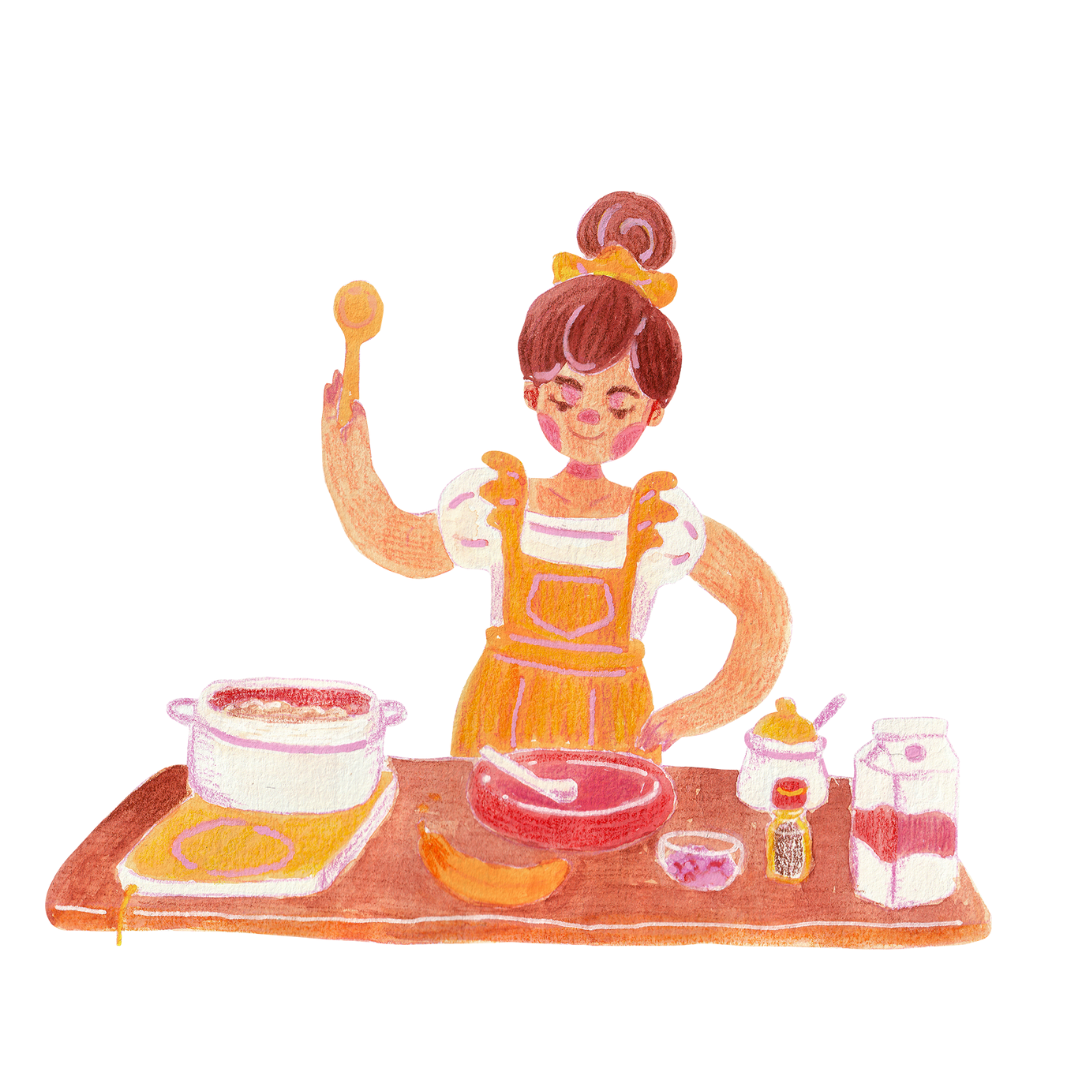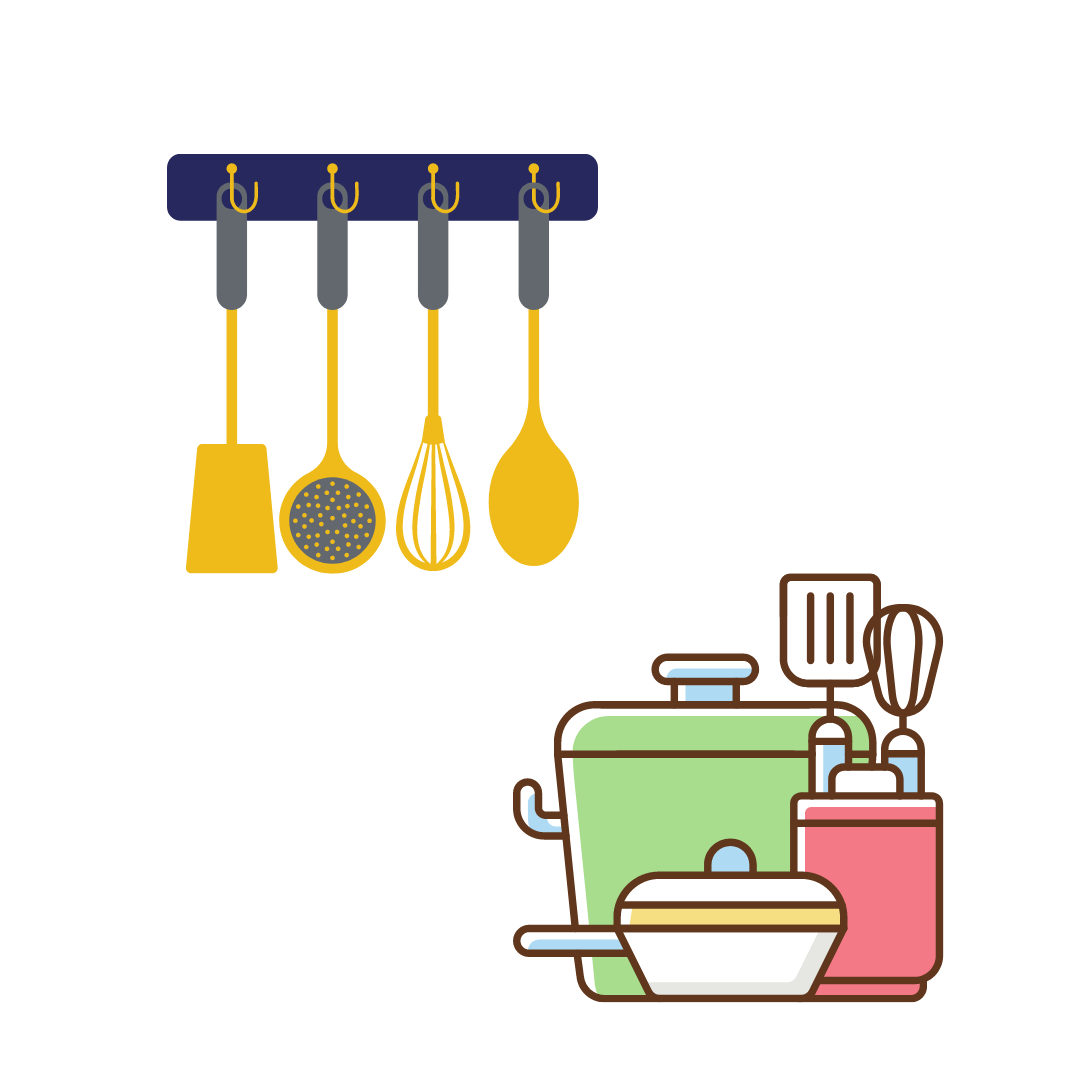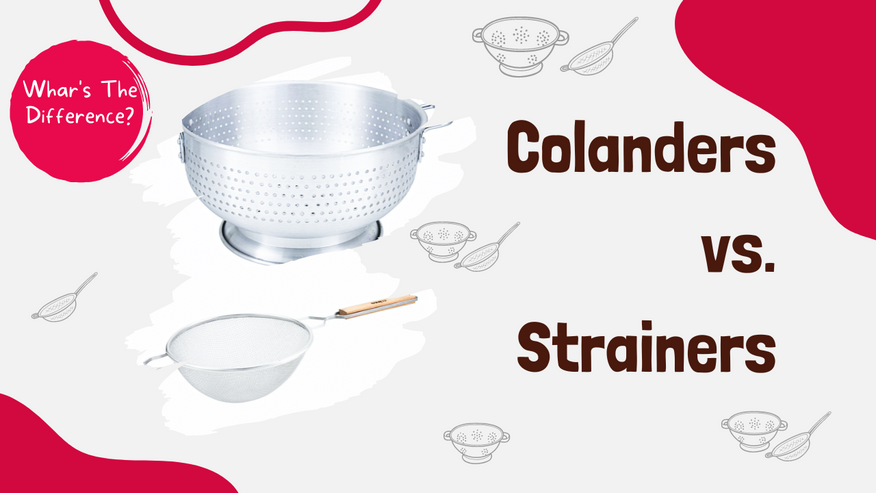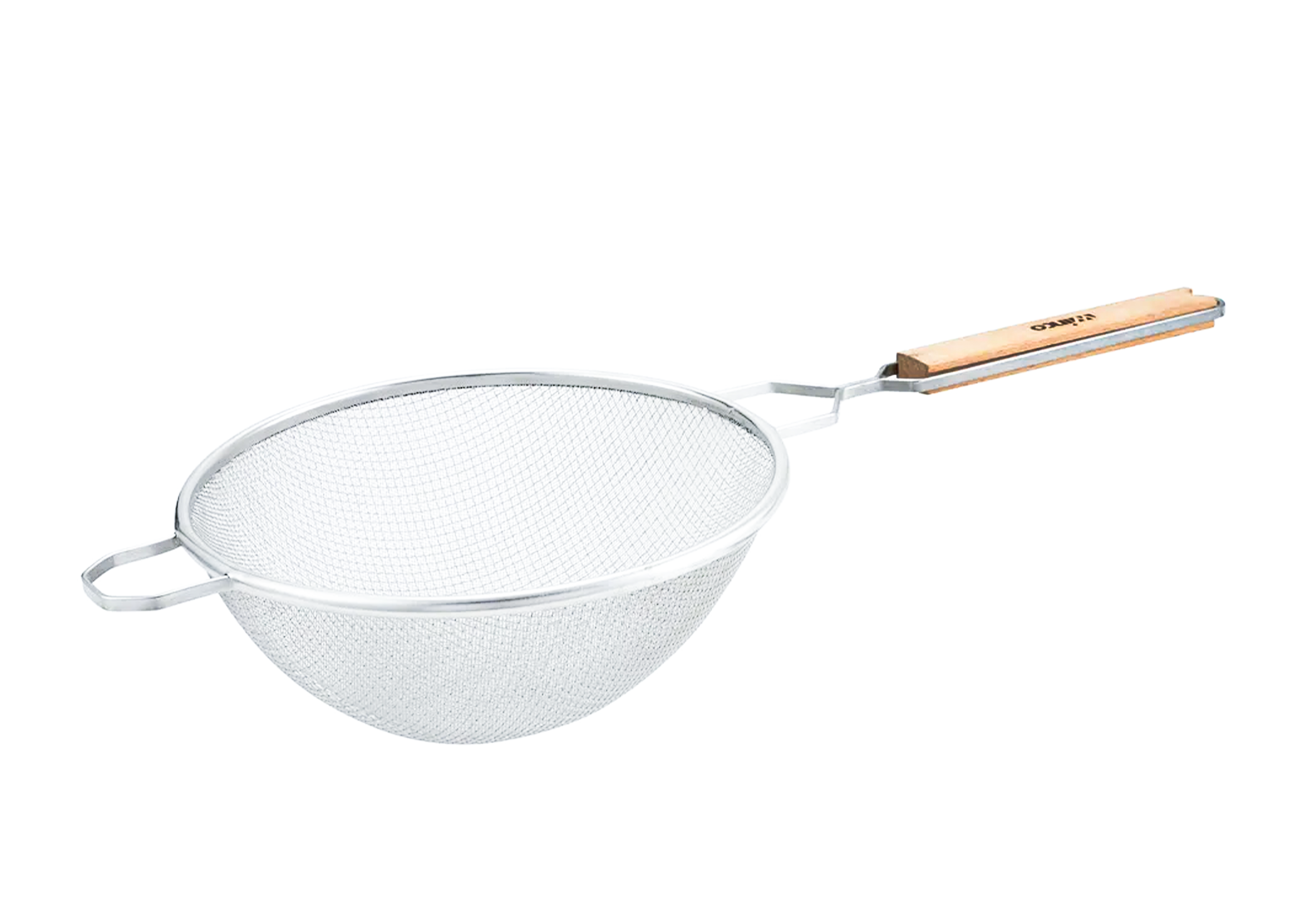Sep 1st 2022 - Monica Cunanan
Colanders vs. Strainer: What's the Difference?
Many people confuse these two kitchen tools, but they're actually quite different. Some people use them interchangeably but it shouldn't be the case since they actually have differences that can affect your cooking steps. Read on to find out which is best.
Colanders vs. Strainers: What's the Difference?
Colanders usually have bigger holes and have a moderate level of filtering while strainers have smaller, meshed holes which allow them to have a high level of filtering. Unlike strainers, colanders feature a base that lets them stand on their own. These are both types of cookware with overlapping purposes, but they differ slightly in their functions and features.

- Size and shape: Strainers are usually smaller than colanders. Colanders usually have a standing base while strainers don't. Strainers come in different sizes and usually have handles or two without a base.
- Filtration level:
- Colanders have a moderate level of filtering: Most colanders have larger holes throughout but some have mesh de
- Strainers have a High level of filtering: Strainers usually have mesh filters that reach a high level of filtering.
- Uses:
- Colanders (moderate filtration): Separate liquid from large pieces of food, rinse vegetables or drain pasta. You can also use them in more creative ways, like serving dishes for washed produce.
- Strainers (fine filtration) can provide a wide range of strainer services, including filtering out fine pieces of sediment such as fruit pulps and purées or tea leaves.
When do I Use a Colander?
A colander is specifically used for washing large-sized vegetables, pasta, and meat. This bowl-shaped kitchen utensil may or may not have side grips and they've been around for a long time.
Today, most colanders are usually made from plastic, silicone, or metals with drainage holes to help drain off liquids. Hole sizes may vary and they often come with stainless steel meshes like those of strainers.
Model Featured: Winco ALO-16BH
What Is a Colander Used For?

A colander is used for draining liquids from foods or rinsing them. A colander with large perforations makes it ideal for these uses:
- Draining Water from Pasta
- Rinsing Produce
- Draining Canned Foods
When do I Use Strainers
Strainers are kitchen tools used to separate liquids from fine solid particles. As a result, wire mesh is often used for these kinds of applications. You can use strainers made from different materials such as silicon or stainless steel. Strainers come in different sizes, including small ones for use in teacups and larger ones that can be used in large pots. You usually buy a strainer with either a single long handle on one side or two shorter handles for attaching it to something else when draining things out.
Model Featured: Winco MS2K
What Are Strainers Used For?

Strainers can do many things that colanders can't, thanks to their finer mesh construction. When you need better filtering for these kinds of tasks:
- For removing seeds/pulp
- Separate Herbs and spices (For broth for stock), Separate Tea Leaves
- For rinsing rice
- Removing skim solids from Hot Oil
- For Blanching Pasta or Vegetables
How to Choose Between the Two
Because each has various purposes, you need to know where you will use it before purchasing. Here are the considerations to think about before choosing a colander vs strainer.
- Size: Colander and strainer sizes vary greatly. When choosing the size of the pot, consider the quantity of food you normally prepare or the ingredients you typically need to drain. You also have to think about where you will store these items because they take up more room than smaller ones. You may also want to purchase a colander or straining device that has additional functions. Some of them are collapsible so they're easier to store.
- Materials: Both colanders and strainers are made from different materials. Choose which type of material you would be comfortable with.
- Cost: Cost is always a major factor when buying anything. The prices depend on the size and materials they are made of. Prices may also vary because brands use different materials for their products.
What Is a Colander?
A colander is a kitchen utensil that has two handles and is usually used for draining pasta. You can use either small or extra large colanders to rinse small items ( berry, fruit, vegetable) or drain water from the pasta. Colanders come in various shapes and sizes, including some made from plastic, stainless steel, or aluminum.
Different Types of Colanders
There are several different kinds of colanders that can be used for different purposes.
- Chinese Colanders A Chinese colander has large perforated openings. They're made from stainless steel, so they won't rust. They have larger holes than a regular colander, making them easier to store. And because there are no handles, they're easier to pack into tight spaces. If you use a lot of colanders in your restaurant, the Chinese colanders may be the most suitable choice for you.
- Two-Handle Colanders: These colanders are very easy to use because they feature two handles for carrying them to and from the kitchen.
- Vegetable Colanders: A vegetable colander features a deep basin that holds large amounts of fruit and vegetables.
What Is a Strainer?
A strainer is a kitchen tool with a finer filtration used for catching solids and small items.
Types of Strainers
You can choose from several types of strainers depending on their purpose.
- China Cap Strainer: A China cap strainer has a cone-shaped basket that is perfect for removing seeds from soft foods.
- Chinois Strainer: A Chinois strainer has finer meshes than a China cap strainer. It works well for pureeing and sauces when you want an extremely smooth consistency.
- Strainer Basket: Deep cylindrical strainers have a deep shape that is intended to be dipped into a pan of boiling water. Strainer baskets are used to hold foods that need to be blanched or boiled before cooking them. They're usually made from stainless steel or plastic.
- Cocktail Strainer: This small mesh strainer features a small mesh basket that fits over a glass or cocktail mixer to filter ice and strained herbs.
Colander vs Chinois: The Difference

Both can be used to drain pasta. However, the mesh screen of the strainer allows liquids to flow through while retaining small particles. If you want to squeeze lemon juice from lemongrass stems, then the strainer would be better than the mesh bag.
Let’s talk about what a chinois is now. You may know it by its common names, "foley mill" or "bouillon strainer." One of the main characteristics that set a chinois apart from other cooking tools is its conical shape, which allows it to strain larger amounts of liquid than other types of cookware.
The holes at the base of the cup allow you to get as much water out as possible.
Helpful Kitchen Tools

Now that we’ve clarified the differences between similar kitchen utensils and established exactly what a colander is, let’s return to the main topic: why you should have one in your kitchen.
If you are on the market for some new kitchen gadgets, many cooking experts would agree that strainers or colanders are a must-have for so many reasons
We've discussed how useful colanders are for strangling the water from your pasta, but if we limit them to just that purpose, we're going to miss out on seeing their full potential.




